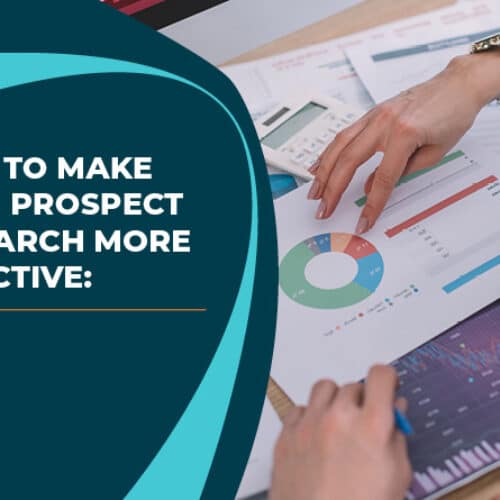It’s hard to believe 2018 will soon be in the rear-view mirror.
Doesn’t it seem like yesterday, when we greeted January with the new Tax Bill of 2017 in effect?
We all wondered if we’d see more of the fundraising volatility we experienced from late 2016 through 2017. We all wished for a less challenging, more stable year for funding our nonprofit work! But we also worried about how the changes to charitable deductions might affect giving. We hoped for the best, but buckled up tight.
Truth is, research tells us the tax benefit never tops of the list of reasons donors give. Never! It’s not even close to being at the top. Study after study confirms that the main driver for charitable giving is donors’ desire to have a real impact, to make a difference through their contributions in solving problems they care deeply about.
Yet, there’s no denying, giving remains in a slowdown. Giving each quarter has decreased by about 2%, compared to the same quarters in 2017. The number of donors was down about 7% in the first half of 2018, compared to same time period in 2017. There were 12% fewer new donors in Q1 of 2018 than the previous year. And, just as importantly, donor retention rates have dropped by 4.6%.
Analysts estimated a reduction in charitable contributions in the range of $13-20 billion dollars. Were they right? Not sure yet. But we do know: The pinch is real! And your organization is likely feeling the pain.
What does it mean for your 2019 fundraising plans?
-
Focus on your mid-level donors. (These are the ones disappearing.)
Do you know who your mid-level donors are? If not, run a report in early January to see how your donor gifts break down. Build an intentional strategy focused on those who are in the middle of the giving pyramid.
Mid-level donors are likely to “bundle” their giving, making larger gifts in one year to maximize the deduction above the new standardized levels. This means they may pause their gifts the following few years. Donors in this group may also be the ones who contributed to the explosion in Donor Advised Funds. They have very high retention rates, usually self-solicit to give higher annual gifts, and often comprise a large percentage of your overall revenue. Plan regular electronic and print touch points with them telling them how awesome they are and showing them how much of a difference their support is to your work. Also think about phone and in-person meetings with your largest donors in this group. Get to know them. -
Make giving to you EASY.
In a recent study conducted by Classy, more than half of participants said they’d give more to an organization if the online experience was easier. Also of note, the majority of donors who were millennials and Gen Z-ers said the online experience is a key factor in determining their level of trust in an organization. The more difficult it was to make a gift, the more skeptical they were about the organization’s ability to handle funds. -
Give donors options.
There are so many ways donors can support you, while staying within their budgets. Monthly giving programs on average have the highest retention rate of 90% because giving is easy and turnkey. It also allows donors to make larger contributions to you that they pay over time. Be you are promoting matching gifts, bequests, and other planned gifts in your donor communications. Those vehicles are often overlooked by donors and can help to fulfill their philanthropic priorities, in addition to cash contributions. -
Thoughtfully consider diversity and inclusivity.
Fundraising is not “one size fits all,” and different groups of donors may have distinct perspectives, wants, and needs when it comes to a relationship with your organization and how they give.
This year has seen an increasing interest in the motivations of donors who are not white men from the Boomer generation – particularly women, whose giving has risen over the last few years. As Kathleen Loehr advises in her recent Chronicle article: “Recognize that every demographic group has been shaped differently by their gender, sexual orientation, race, age, or ethnicity. No one group of donors is better than the others; they are all simply different. And they deserve different conversations, visits, and ways of being involved.” This also means looking at who’s on your board and staff so that your organization can fully embrace a culture of diversity.
The jury is still out on the Tax Bill of 2017’s effects on philanthropy. What’s crystal clear: Nonprofits will have to think differently about our fundraising approaches to keep pace with the changing mindset and demographics of donors.
Donors give to you because they see you as the catalyst for the change they want to see in the world. Fluctuations in the stock market, politics, and in our tax structures are factors we can’t ignore.But they only underscore the importance of honoring the motivations and values of our donors.
In these final weeks of the year, maybe we’re not quite ready to unbuckle the seat belts. Maybe the wild ride isn’t quite over. But with the right mindset to adapt to a changing philanthropy landscape for the long haul, we head into 2019 awake, nimble, and ready!





